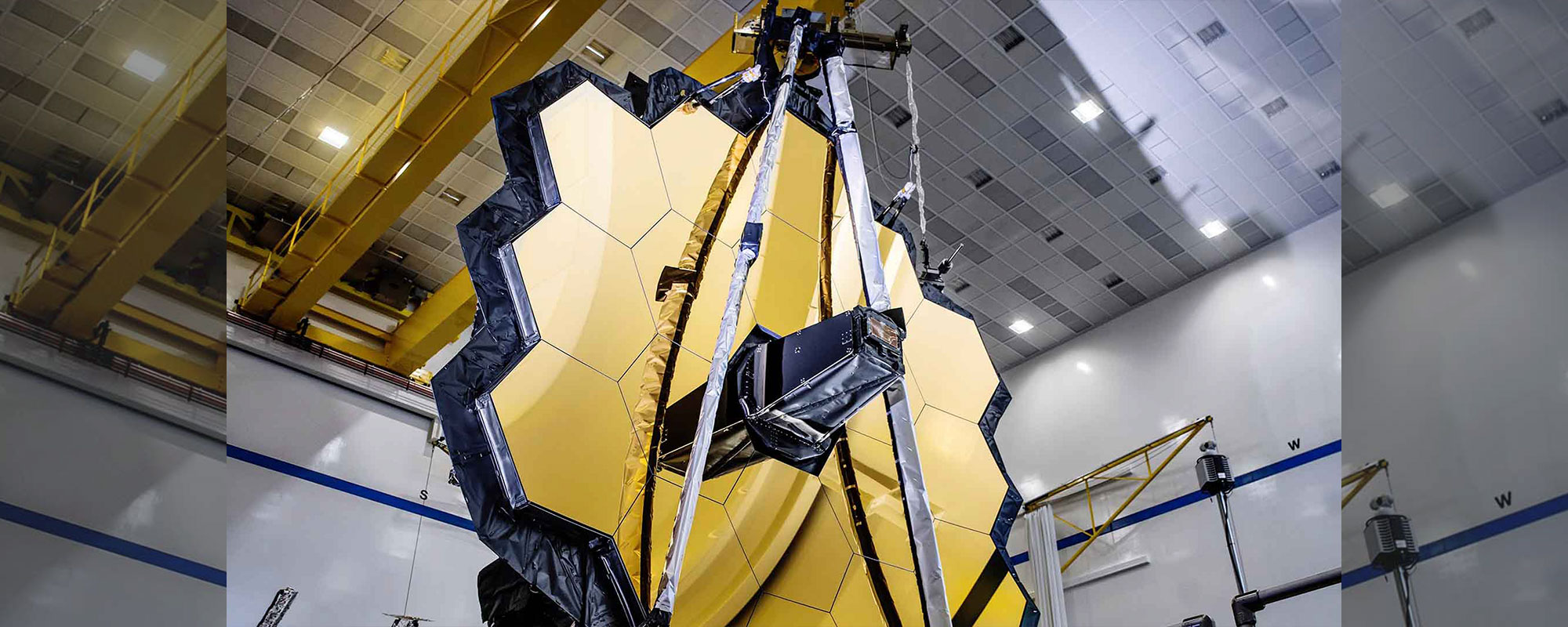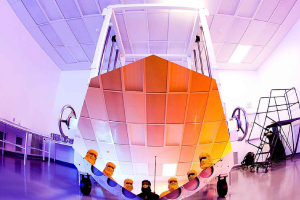Share:
James Webb Space Telescope: a milestone in the study of the universe
Scientists at Universidad Autonoma de Nuevo Leon are working on research lines related to the dynamics of galaxies.
Scientists at Universidad Autonoma de Nuevo Leon are working on research lines related to the dynamics of galaxies in compact groups, dark matter, and the development of stars, studies that will benefit from the information provided by James Webb Space Telescope.
For the first time ever, 21 countries combined human, technological, and economic resources to launch into space this telescope, which is considered the largest in the history of mankind. The primary mirror measures 6.5 meters in diameter and will provide images with unprecedented resolution and sensitivity in space astronomy.
UANL researchers agree that the data from this instrument will strengthen lines in this field of study, projects led by Dr. Esmeralda Romero Hernández, a specialist in solar physics, and Dr. Francisco Javier Tamayo Amaya, an expert in astrophysical science.
Research by UANL scientists
Dr. Esmeralda Romero Hernández, a graduate of the Institute of Geophysics of the UNAM, is working on a research project on the study of the dynamics of stars and made it clear that with the James Webb telescope it will be possible to learn about the formation of other planetary systems.
Francisco Tamayo, also a graduate of UNAM, is researching the dynamics of galaxies in compact groups, in other words, high-density galaxies.
“We have galaxies in a very small sphere gravitationally interacting with each other, so the current theory of galaxy dynamics tells us that these groups should have already merged and yet we observe them; so what we are doing is looking at why they exist.”
Posted by: Portal Web






